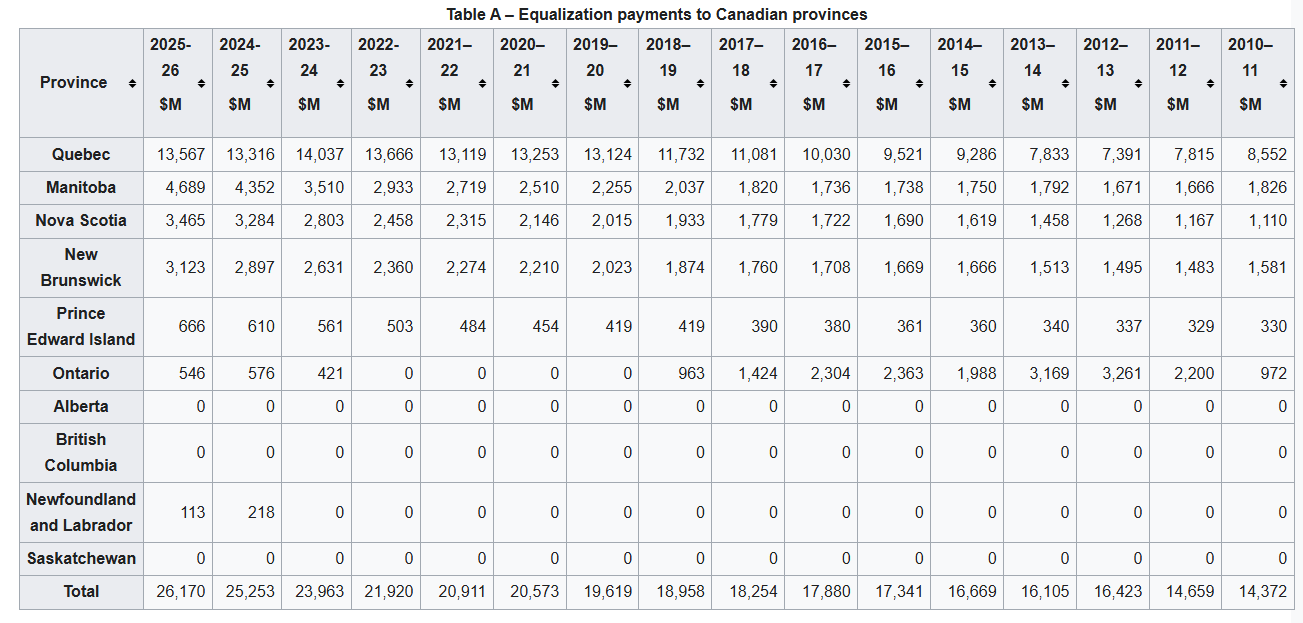There are too many pricks out there:

Yeah, I agree. There are too many pricks out there.
How I love that word: PRICKS. It is both a subtle and an in your face meme.
And, there are too many dicks out there as well:
The NDP (New Democratic Party) leadership race is underway — and the party is limiting signatures from ‘cis’ men.
Why? Well there are:
“Just too many dicks to handle.” one NDP supporter was heard in passing.
Oh and whitey need not apply. Only downtrodden people are allowed to run because:
There are just too many freaks out there to ignore.



Especially in the NDP and Green Party. That equates to votes…don’t ya know…
And:
There are just too many weird politicians out there:
Canada has its fair share. Crown Royal is made in Manitoba and was bottled in Windsor On. That is until Ford opened his big bad mouth and poked the American bear. Buy Canadian he says. Elbows up he says and then castigates Crown Royal for moving its bottling operation to the states. Why? Follow the good money. Ford ‘s a businessman. He should know better. If you tax the snot out of businesses, and successful ones at that, then what do you expect Dougie? A run for the tax sheltered exits…the US of A.
Personally I like Gibson’s. Premier Ford has only himself to blame…
And:
Imagine this ban in British Columbia? 4 days earlier he was encouraging Nova Scotians to get out there and enjoy nature.
NFLD fires deliberately set. Setting summer wildfires is a new tool in the eco-terrorist’s tool box.
There are too many enviro – mentals out there:



There are just too many obfuscators out there:
Carney seems to be taking credit for CUSMA – the free trade deal was initially brokered by Conservative Brian Mulroney back in 1988 – called NAFTA. Carney was playing midget hockey back them so hence the hockey analogy. He should be getting a game misconduct for that remark of getting the best trade deal for Canada because this prime negotiator and his elbows up team have failed Canadians in their negotiations with the US. He says that 85% of Canada’s trade with the US is tariff free – implying, thanks to him – that Canada has the best trade deal in the world with the US. Yes Carney that is true and has been since 1988. Unfortunately the useful idiots who elected these……….fail to grasp or believe that reality.
The Emperor Has No Clothes
Obfuscation!
Conservative Finance Minister Jim Flaherty steered Canada through the financial crisis of 2008. So says the Prime Minister Harper of the time. Yet Carney is taking credit for that one too…obfuscation!
Unfortunately, most central and eastern Canadians have short memories and believe this BS.
More disinformation.
There are just too many jerks out there. Soda jerks that is. The Canadian Football Team (CFL) Calgary Stampeders have a whole team of them:

Calgary’s Soda Jerk uniforms. Not like my dear Argos. Except in these colours:

Not tough but pansy looking just like Canada’s Royal Air Force uniforms.
And there are just too many nerds out there.

Like me. But, I’m happy!

I maybe nerdy and goofy but I don’t lie.
 Available through Amazon.com or .ca. Great read.
Available through Amazon.com or .ca. Great read.





















